The most common type of vestibular disorder to suffer from is BPPV (Benign Paroxysmal Positional Vertigo). This condition affects thousands globally, where women usually suffer from BPPV more than men.
However there are several BPPV exercises that can be used for treating and recovering from vertigo. These vertigo exercises can be performed at home, allowing those suffering from vertigo to go through them at their own pace.
The goal of these exercises is to move displaced crystals within the inner ear, known as otoconia, into their correct locations. When these inner ear crystals come out of place, it results in one feeling disorientated and off balance, where vertigo usually occurs.
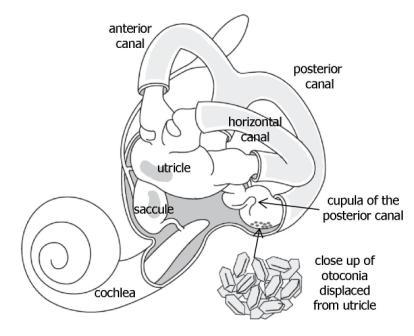
It’s crucial that these exercises are performed with care to avoid any sensations of vertigo or dizziness. It is also advised to perform the following exercises with the support of a friend or family member, to ensure that they are conducted as safely as possible.
Epley Maneuver
Amongst the majority of BPPV exercises, this is usually one of the first performed on those who have benign paroxysmal positional vertigo. The following instructions are for those suffering from BPPV with their left ear.
1.) Whilst sitting on the edge of your bed, place a pillow behind you so that if you was to lie down on your back only your shoulders would be in contact with it. Also the pillow should end just at the base of the head.
2.) Turn your head 45 degrees towards the left. Ensure not to turn the head as far as to where your shoulder is.
3.) With your head still at a 45 degree angle, lie back quickly with your head resting on the bed. At this point the pillow should be under your shoulders, wait 30 seconds for any signs of vertigo to stop.
4.) Next turn your head 90 degrees towards the right without raising it, wait 30 seconds.
5.) Now turn your body and head on its right side. You should now be looking at the floor, wait 30 seconds in this position.
6.) Sit up slowly and remain seated for 2-3 minutes. Wait for any signs of vertigo to pass.
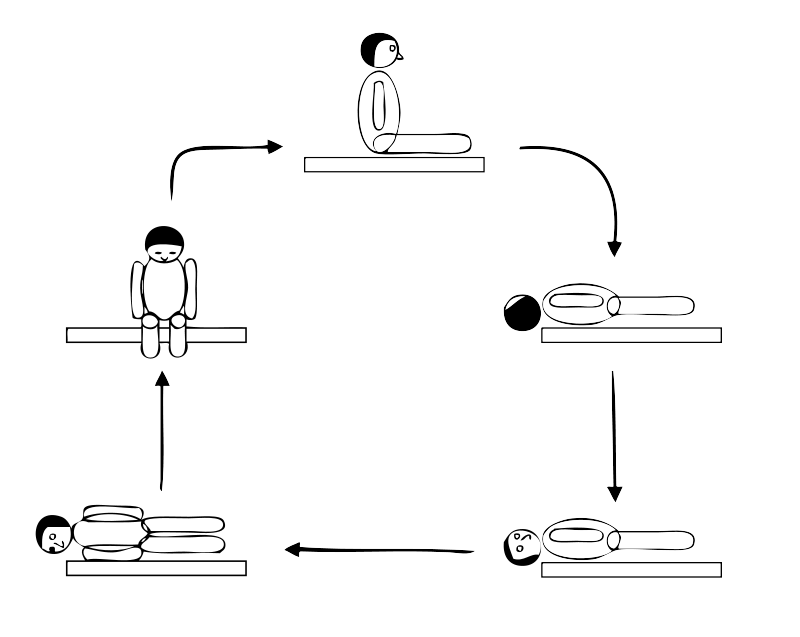
If you are suffering from BPPV where your right ear is affected, simply reverse the above steps. Perform the epley maneuver 1-3 times a day max. Once you can go at least a few days without vertigo, then you can stop performing the exercise.
Semont Maneuver
Here’s another vestibular exercise which is similar to the epley maneuver, but not as well known. The following instructions are for those who have BPPV with their left ear.
1.) Whilst sitting on the edge of your bed, turn your head 45 degrees towards the right.
2.) Next, quickly lie down on your left side. Stay in this position for 30 seconds.
3.) Now quickly move in the opposite direction and lie down on your bed. Keep your head in the same position, at a 45 degree angle. Wait for 30 seconds whilst looking at the floor.
4.) Sit up slowly and remain seated for 2-3 minutes.
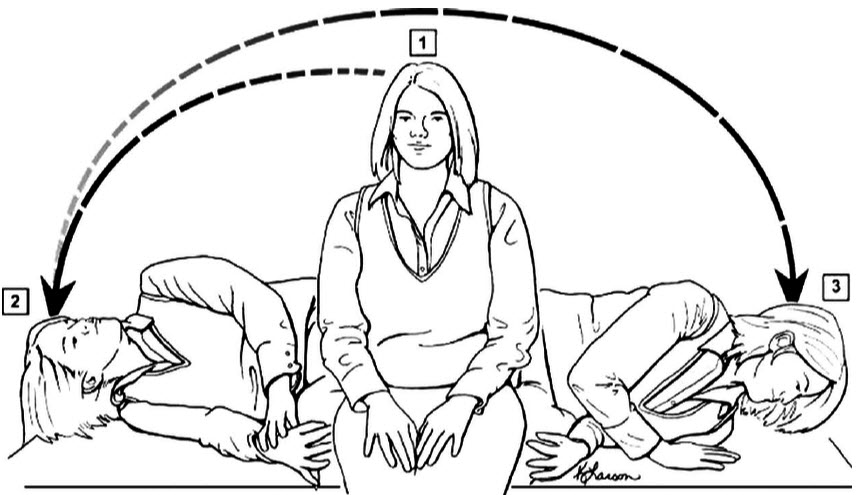
If your right ear is affected with BPPV reverse the above steps. Perform the semont maneuver 1-3 times a day max. Once you can go at least a few days without vertigo, then you can stop performing the exercise.
As you perform these BPPV exercises, pay close attention to how they’re making you feel. Take notes daily, that way you can see which exercises are giving you the best results.
Half-Somersault or Foster Maneuver
This vestibular exercise is normally easier to perform. The following instructions are for those who have BPPV with their left ear.
1.) Whilst kneeling down, look up at the ceiling for a few seconds.
2.) Place your head on the floor, tucking in your chin so that your head goes towards your knees. Wait 30 seconds for any signs of vertigo to stop.
3.) Now turn your head 45 degrees towards the left, where your facing your left elbow. Wait for 30 seconds.
4.) Whilst keeping your head at a 45 degree angle, quickly raise your head where it’s level with your back. Do this whilst on all fours and wait for 30 seconds.
5.) Finally, raise your head quickly so that it’s fully upright where you are sat up, still keeping your head in the same position, at a 45 degree angle. After 2-3 seconds bring your head back to centre.
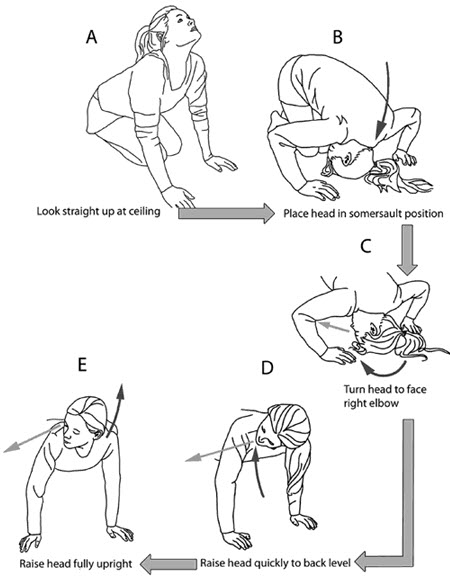
You have now finished performing one round of the half-somersault maneuver. If your right ear is affected with BPPV reverse the above instructions.
If you are still experiencing signs of vertigo, wait 15 minutes then perform the above steps again. Sometimes it can take up to 5 repetitions before you feel relief. Ensure to always leave 15 minutes between each round.
Brandt-Daroff Exercise
The next set of instructions will show you how to perform the brandt-daroff exercise.
1.) Sit upright on the edge of your bed.
2.) Turn your head 45 degrees towards the left and lie down on your right side. Wait 30 seconds for any signs of vertigo to stop.
3.) Now sit back up and turn your head back to centre.
4.) Next turn your head 45 degrees to the right and lie down on your left side. Wait for 30 seconds.
5.) Once again sit back up and turn your head back to centre.
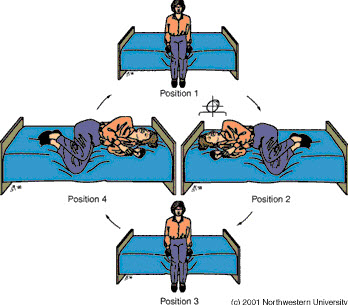
You have just completed one repetition of the brandt-daroff exercise. Complete 5 repetitions of this exercise, 2-3 times a day, for 2 weeks.
Conclusion
Ensure to perform the above BPPV exercises correctly, and don’t overdo them. Too much frequency can induce vertigo or dizziness, so take your time with these exercises.
Consistency is key, so make sure to do the exercises regularly. Also perform them in a safe environment with the support of a friend or family member.

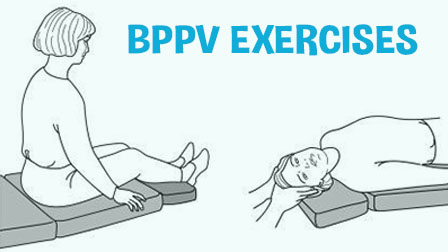



Yaa it’s helpful to me